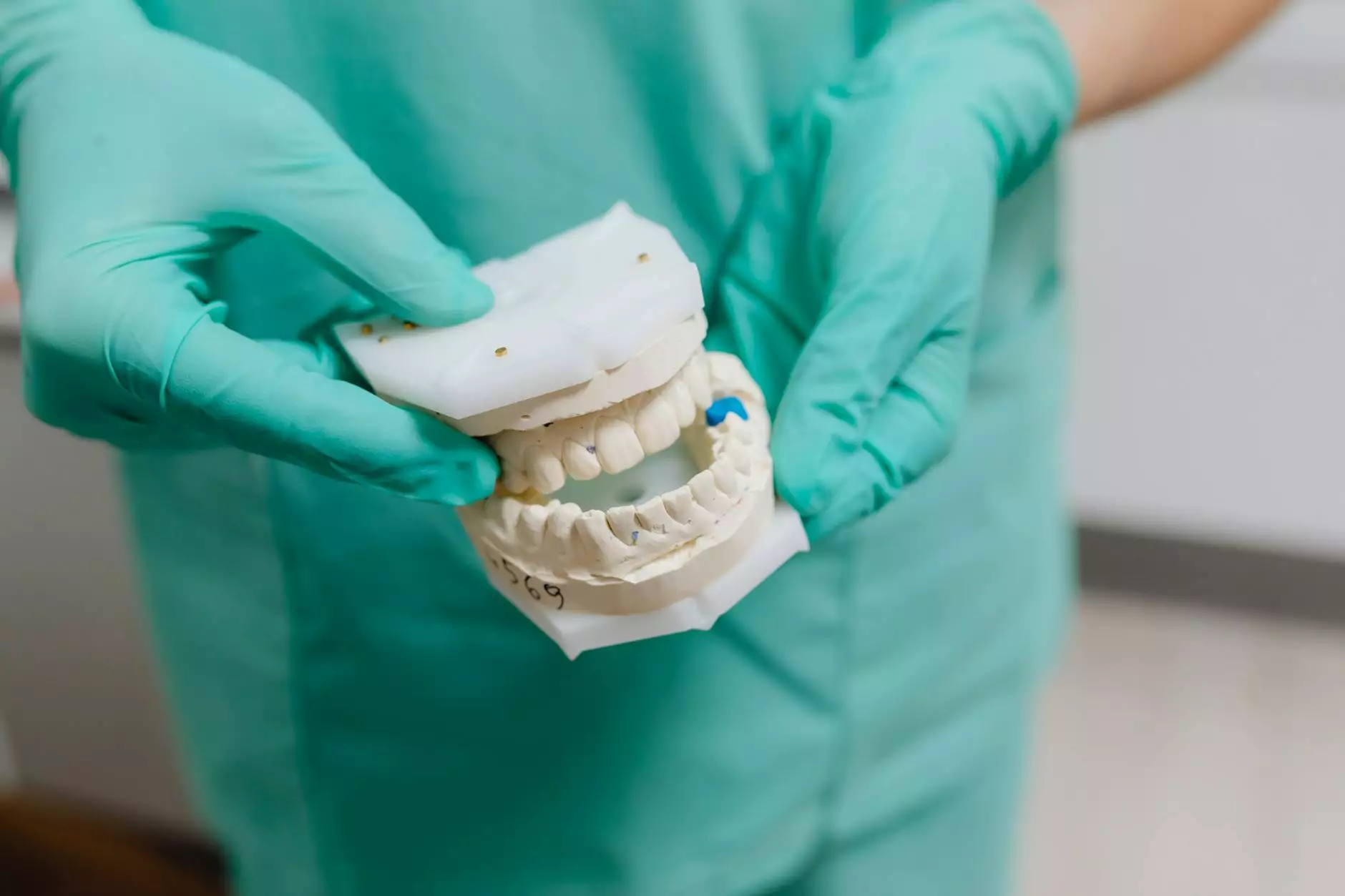Understanding the **Dark Spot on My Ankle**: Causes, Treatments, and Prevention

The appearance of a dark spot on your ankle can be a cause for concern for many individuals, causing unease and prompting questions about health and appearance. This article delves into the potential causes, treatment options, and preventive measures for addressing such skin changes. By understanding these factors, you can better manage your health and make informed decisions about your well-being.
What Causes a Dark Spot on My Ankle?
Dark spots, often referred to as hyperpigmentation, can manifest on the skin for various reasons. Understanding these causes is essential for determining the appropriate action to take. Here are some common contributors:
1. Sun Exposure
Prolonged exposure to sunlight is one of the leading causes of skin darkening. The sun's UV rays can stimulate the production of melanin, leading to uneven patches. Consistent sunscreen application and protective clothing are essential for prevention.
2. Skin Conditions
Several skin conditions can lead to dark spots, including:
- Eczema - This condition can cause dark patches due to inflammation.
- Psoriasis - The rapid skin cell turnover in psoriasis can result in darker areas.
- Fungal infections - Conditions like tinea can lead to hyperpigmentation.
3. Trauma or Injury
A previous injury to the ankle, such as a bruise, can leave behind a dark spot as it heals. These marks often fade over time but can be a persistent reminder of past incidents.
4. Aging
As we age, our skin experiences various changes, including a decrease in cell turnover and increased melanin production. This natural aging process can lead to dark spots, commonly known as age spots or liver spots.
5. Medical Conditions
Some medical conditions can also cause skin pigmentation changes, such as:
- Diabetes - This can lead to skin changes and dark spots.
- Hormonal changes - Pregnancy or hormone replacement therapy can trigger melasma, resulting in dark spots.
When Should You See a Doctor About a Dark Spot on Your Ankle?
While many dark spots are benign and caused by harmless factors, it’s essential to stay vigilant. Consider seeing a doctor if:
- The dark spot changes in size, shape, or color.
- It becomes painful or itchy.
- You have multiple spots emerging rapidly.
- You have a family history of skin cancer.
At Truffles Vein Specialists, expert vascular medicine professionals can help diagnose and treat any concerning skin changes.
Diagnosis of Dark Spot on My Ankle
To determine the underlying cause of the dark spot, your doctor will likely perform the following:
- Physical Examination - A thorough inspection of the affected area and surrounding skin.
- Medical History Review - Discussing your medical history, including any recent injuries, medications, and skin changes.
- Diagnostic Tests - In some cases, a biopsy may be necessary to rule out serious conditions.
Treatment Options for Dark Spots on the Ankle
Once a diagnosis is made, treatment can begin. The options vary based on the cause of the dark spot:
1. Topical Treatments
Many cases of hyperpigmentation respond well to topical treatments, including:
- Hydroquinone - A skin-lightening agent that reduces the appearance of dark spots.
- Retinoids - These promote skin cell turnover, helping to lighten dark spots.
- Vitamin C - A powerful antioxidant that can brighten the skin and reduce pigmentation.
2. Chemical Peels
Chemical peels use acids to remove the outer layer of skin, promoting the growth of new skin. This can significantly reduce dark spots over time.
3. Laser Therapy
Laser treatments can target dark pigmentation, breaking down melanin deposits in the skin, leading to a clearer complexion.
4. Cryotherapy
This treatment involves freezing the dark spots with liquid nitrogen, allowing new, lighter skin to emerge as the treated area heals.
Home Remedies for Managing Dark Spots on the Ankle
While professional treatments are often the most effective, several home remedies can help manage and lighten dark spots:
- Aloe Vera - Known for its soothing properties, aloe vera can help lighten dark spots when applied regularly.
- Lemon Juice - The natural acidity of lemon can act as a bleaching agent; however, it should be used with caution due to potential skin irritation.
- Coconut Oil - Regular application can promote overall skin health and potentially reduce pigmentation.
Preventive Measures for Dark Spots on the Ankle
Taking preventative steps is crucial in preserving skin health and minimizing the risk of dark spots:
- Use Sunscreen - Regularly apply broad-spectrum sunscreen, especially on exposed areas.
- Avoid Tanning - Stay away from tanning beds and excessive sun exposure.
- Stay Hydrated - Adequate water intake promotes healthy skin.
- Healthy Diet - A diet rich in antioxidants, vitamins, and minerals supports skin health.
Living with a Dark Spot on My Ankle: Insights and Support
While dark spots can sometimes be a source of anxiety about one’s appearance, it is essential to approach the situation with knowledge and compassion. Understanding the root of the issue and exploring treatment options can empower individuals to take control of their skin health.
If you're struggling with dark spots, remember that professional help is available. The experts at Truffles Vein Specialists are dedicated to providing personalized care tailored to your specific needs. Schedule a consultation today to explore your options and embark on your journey to healthier skin!
Conclusion
In summary, encountering a dark spot on your ankle can lead you to a deeper understanding of your skin and health. With the right knowledge, treatment, and preventive measures, you can effectively manage and potentially eliminate these spots, ensuring you feel confident in your skin. Always consider consulting with a medical professional for personalized advice and to rule out any serious conditions. Your skin is a vital aspect of your overall health—treat it with care and attention.



